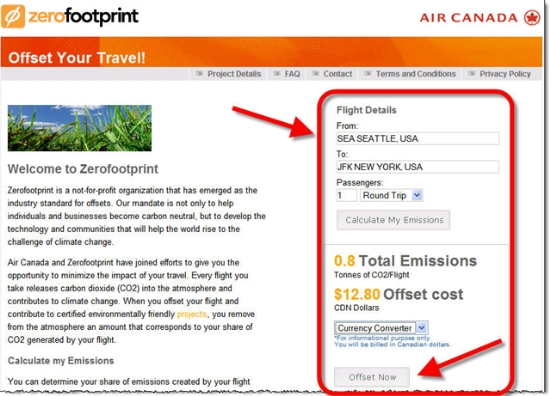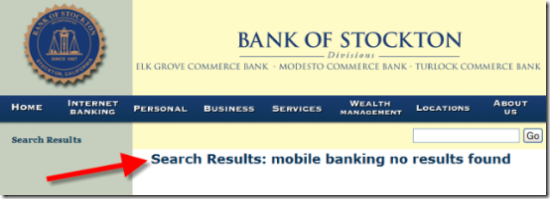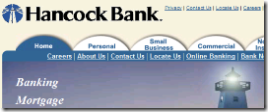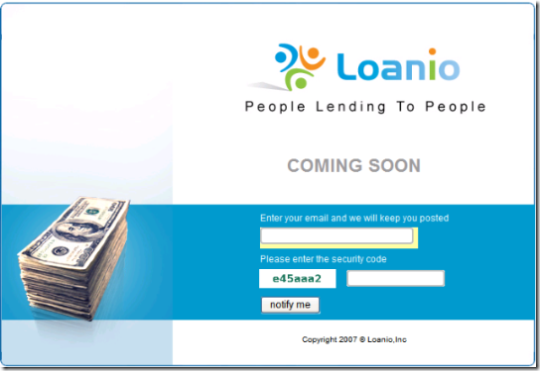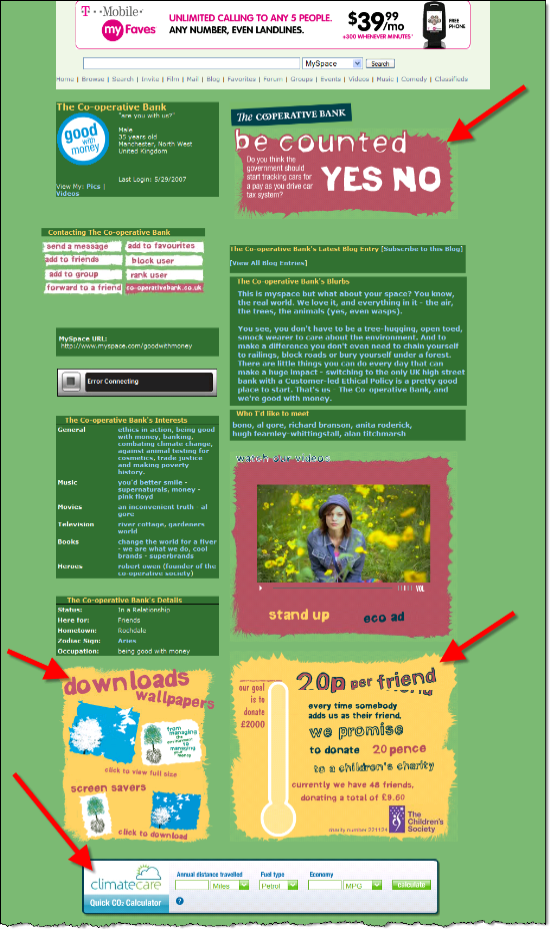 For the next 18 months, partly because it’s an issue that deserves attention and partly because of the inevitable hype politically-correct issues get during the U.S. presidential election process, climate change will be in the news more and more. And expect politicians to join musicians on the green bandwagon, buying carbon offsets so they can call their campaigns "carbon neutral."
For the next 18 months, partly because it’s an issue that deserves attention and partly because of the inevitable hype politically-correct issues get during the U.S. presidential election process, climate change will be in the news more and more. And expect politicians to join musicians on the green bandwagon, buying carbon offsets so they can call their campaigns "carbon neutral."
While it's hard to determine yet whether purchasing carbon offsets will ultimately help the planet, we do know that being a good "environmental citizen" has great marketing appeal.* So much, that it even has its own name, "green marketing" with 340,000 online mentions according to Google. Credit unions and bank, large and small, have joined in, some making billion-dollar commitments (see previous coverage here).
 Whatever your motivations, if you are looking to join the carbon offset trend, a company you should look at is Toronto's Zerofootprint, a non-profit information clearinghouse and source of carbon credits (see it's "carbon store" here). The company, who's website drips "Web 2.0," helps users figure out what their carbon "debt" is and to buy their way into the neutral zone (or you could go even go "carbon negative," if you bought more credits than your energy-consuming debits required). A consultancy in the field is The CarbonNeutral Company.
Whatever your motivations, if you are looking to join the carbon offset trend, a company you should look at is Toronto's Zerofootprint, a non-profit information clearinghouse and source of carbon credits (see it's "carbon store" here). The company, who's website drips "Web 2.0," helps users figure out what their carbon "debt" is and to buy their way into the neutral zone (or you could go even go "carbon negative," if you bought more credits than your energy-consuming debits required). A consultancy in the field is The CarbonNeutral Company.
To see how businesses can work with Zerofootprint, check out the co-branded calculator accessible through the Air Canada website (hosted by Zerofootprint here). Travelers can determine the exact carbon cost of their trip and purchase offsets immediately with the button at the bottom of the calculator (see screenshot below).
Financial Institution Opportunities
- Allow customers the option of going "carbon neutral" with their banking: Banks could follow the Air Canada example, and allow customers to go offset the carbon costs of their banking activity. Customers would enter their average number of trips to the bank, what type of car they drove, distance, and so forth. Customers with estatements would have to purchase less than those that had them delivered. So "carbon neutral banking" would be a great reinforcement of banking online. For extra credit, configure your calculator to show the gasoline cost of the trips to the bank.
- Go carbon neutral with online banking: Using Zerofootprint or other carbon exchanges, purchase enough credits to make your online banking service carbon neutral. You could also do the same thing to designate certain branches, divisions, or the entire company "carbon neutral."
- Use carbon credits as an incentive to bank online, sign up for estatements, use self-service, and so on. For example, you could offer to offset 1 tonne of carbon for everyone that signs up for estatements (cost is about US$9 through Zerofootprint).
—-
*I do not mean to sound cynical here. I personally like the idea of carbon offsets and am buying them through Zerofootprint.
